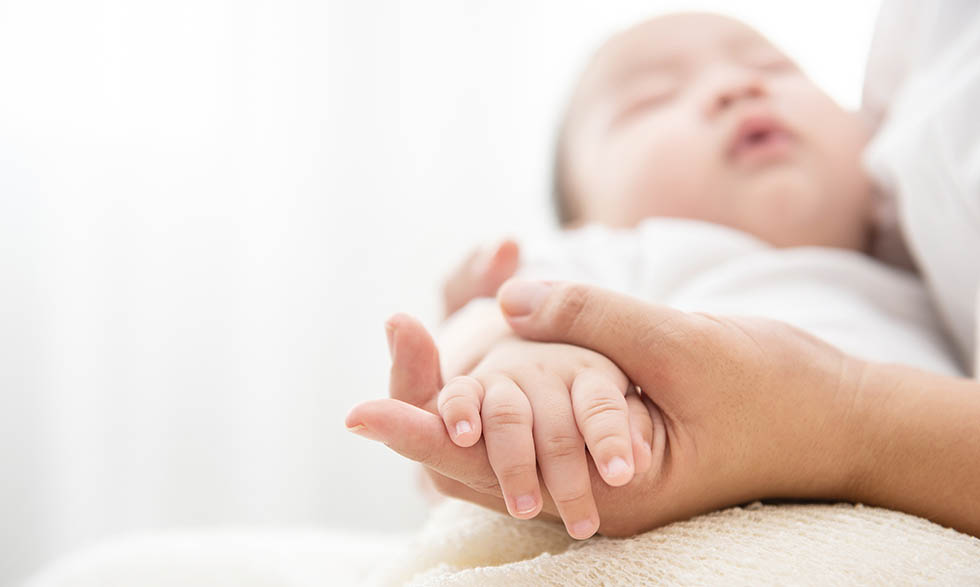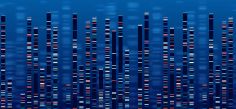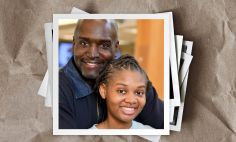Health Topics

The youngest patients, the toughest battles
Breakthroughs and complications in childhood cancer treatment
The survival rate for children diagnosed with cancer has risen from just 10% in the 1950s to nearly 85% today. That's one of the most striking examples of progress in modern medicine.
Federally funded clinical trials, most of them conducted by the National Cancer Institute (NCI), have been especially important in developing new treatments for pediatric cancer.
Though some types of childhood cancer are much more treatable today, others are still proving to be a challenge for researchers.

Brigitte C. Widemann, M.D.
NIH MedlinePlus magazine spoke with two of NCI's top pediatric oncologists about some of the groundbreaking research achievements of the past decade for children's cancers. They also talked about some of the difficulties doctors still face in treating this disease in kids.
Brigitte C. Widemann, M.D., is chief of NCI's pediatric oncology branch. She helped develop the first medical therapy approved by the U.S. Food and Drug Administration (FDA) to treat tumors in children with neurofibromatosis type 1 (NF1). NF1 tumors are rare but occur more commonly in very young children with NF1.
Malcolm A. Smith, M.D., Ph.D., is the associate branch chief for pediatric oncology at NCI. He is an expert in cancer therapy evaluation. He is also a key NCI liaison to childhood cancer researchers across the country.
What are some of the most recent breakthroughs in childhood cancer treatment?
Dr. Widemann: The development of immunotherapy treatment for acute lymphocytic leukemia (ALL), the most common childhood cancer, is a major breakthrough. In 2017, a type of immunotherapy called CAR T-cell, which uses a strengthened version of the patient's own cells to fight the leukemia, was approved by the FDA for children. It's now one of the most effective treatments for ALL. We also have many clinical trials going on to target other cancers and solid tumors. We're very excited about it and hopeful for similar advances against other types of cancers.
Dr. Smith: We also saw the first FDA-approved immunotherapy for children with high-risk neuroblastoma, a cancer that often presents widely disseminated throughout the body and that can be very difficult to treat. In 2015, based on findings from an NCI-sponsored clinical trial, the FDA approved the antibody therapy drug dinutuximab for high-risk neuroblastoma. The drug binds to a molecule on the surface of the neuroblastoma cells, causing an immune response that can kill the cells. In 2019, another NCI-supported trial showed that two back-to-back stem cell transplants are more beneficial for advanced neuroblastoma than just one. Children in the trial who received two transplants, followed by dinutuximab, lived substantially longer without their cancer progressing.
Childhood cancer survivors often face long-term health effects, including hearing loss, heart damage, impaired fertility, and a higher risk for a second cancer. What is being done to track survivors' health and bring more attention to these effects?

Malcolm A. Smith, M.D., Ph.D.
Dr. Smith: The Childhood Cancer Survivor Study, which began in 1994 and is funded by NCI, follows more than 38,000 survivors diagnosed from the 1970s to the 1990s to identify late effects as a result of cancer treatment. The one thing we can do now as we learn more about these long-term effects is to research ways to change the up-front therapy, reducing the use of drugs that cause some of these problems. For example, we are using precision therapy or molecularly targeted therapies that may have fewer short- and long-term effects.
Dr. Widemann: Understanding what drives tumors has the potential to reduce some of the toxicity of chemotherapy. We are working on understanding the genetic makeup of specific tumors so that we can understand which ones may need less treatment. For example, a recent clinical trial had promising results using the tumor-inhibitor drug selumetinib instead of chemotherapy for children with a low-grade type of brain tumor called a glioma.
What is needed to encourage more research and development of treatment for pediatric cancers?
Dr. Widemann: Sharing of data from all cancer centers is important, especially for rare pediatric cancers. When only 30 or 40 children a year get a type of cancer, it's important that we can quickly collect data from each of those cases to do research and get a better understanding of the disease and determine what treatment will be effective and safe.
Dr. Smith: Because pediatric cancers are relatively uncommon compared to adult cancers, we need to be able to collect and share data from all the individual centers nationwide that care for young people with cancer. That's why NCI recently created the Childhood Cancer Data Initiative. Our goals include gathering data from every child, adolescent, and young adult diagnosed with a pediatric cancer, regardless of where they receive care, and creating a national strategy to speed diagnosis and guide treatment for all types of pediatric cancer.







